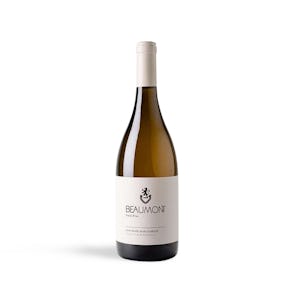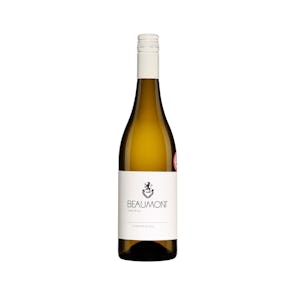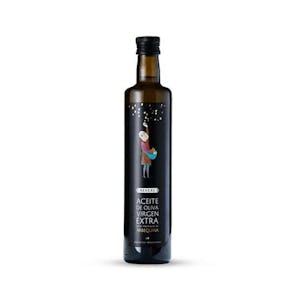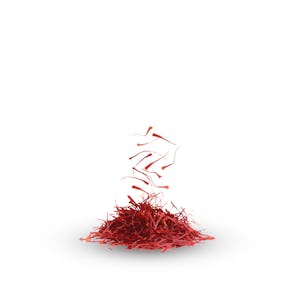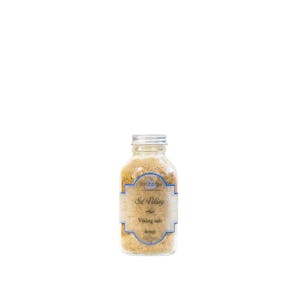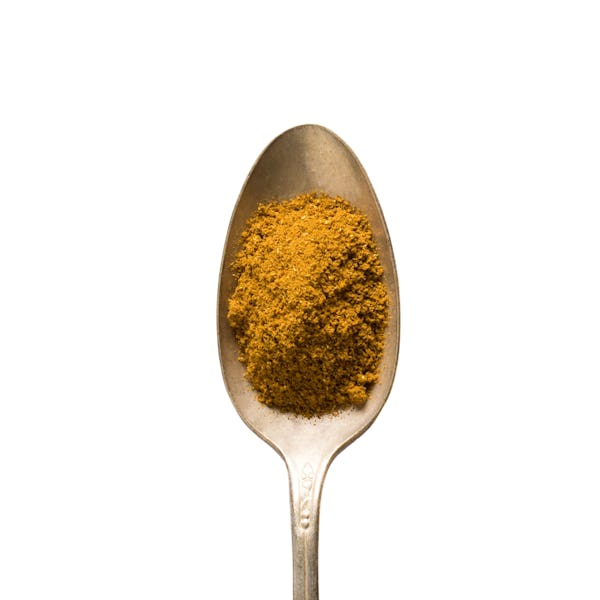
TASTING NOTES FROM THE CURATOR
There is no one single recipe for Moroccan ras el hanout. Up to 30 different ingredients—some say even a stunning 50—go into the traditional blend. This gives the it an extraordinary flavor and depth. It is woody, pungent, and bitter—and at the same time sweet and warm. The combinations are stunningly aromatic and, most importantly, versatile. This blend’s uses extend far beyond North African cuisine.
PREPARATION OR PAIRINGS
This potent pantry addition shines in many different meat dishes. Chicken is a favorite canvas for this spice—from a simple grilled chicken with a ras el hanout spice rub to breast and thigh cuts as kebabs. For a bit of spice, add some harissa, or for an additional earthy kick, add garlic and lemon juice. From baked wings to full-on tagines, there are many ways to work ras el hanout into chicken dishes. If you prefer red meats, the tenderness of lamb makes it particularly welcoming toward spice rubs and sauces. If you don’t happen to have a tagine, a crockpot or slow cooker stew will work just as well. Beef, vegetables, or even roasted potatoes, popcorn, and smoked yogurt dips—we could keep going on, but your imagination’s the limit when it comes to ras el hanout.
FROM THE TOP SHELVES OF MARRAKECH
At the center of the world’s spice trade, merchants often made custom blends for their special clients. Ras el hanout literally means “head of store” and actually translates to “top shelf”. It became the singular term for any number of blends concocted from stall to stall, restaurant to restaurant, and family to family. Some of the more traditional recipes even include dried rosebuds and lavender to add further complexity to the spice mix’s aroma. From the imperial cities of Morocco to your pantry today, ras el hanout has a far-reaching history.
<br.
Storage Instructions
Keep your spices tightly covered and store them in a cool, dry place. Whole spices stay fresh for up to 2 years while ground spices have a 6-month shelf life. Pro tip: red spices such as paprika and red pepper can be stored in the refrigerator to hold their color and keep their flavor longer.


